Faux leather is a must-have furniture material for furniture manufacturing. It is especially used in dining chairs, sofa stools.
Leather can be divided into Faux leather and real leather (Genuine Leather), Faux leather is the product of artificial synthesis using chemical materials; real leather is the processing product of animal skin.
Faux leather is made by using fabric as the base and coated with a mixture of synthetic resin and various plastic additives, divided into artificial leather and synthetic leather.
Common imitation leather includes PU leather, microfiber leather, PVC leather, Leathaire(air leather).
1. Artificial Leather
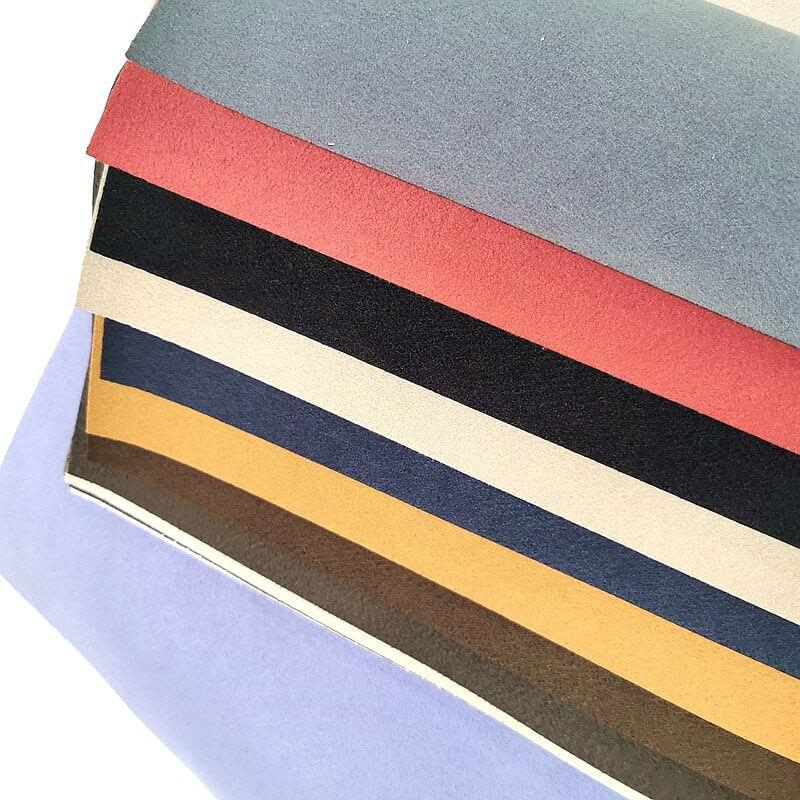
Artificial leather is a kind of plastic product that looks and feels like leather and can be used partly instead of it, divided into PVC leather and PU leather.
PVC leather
PVC leather is coated with polyvinyl chloride resin, and the non-woven fabric is used as the base.
Due to the characteristics of PVC resin, PVC is easy to harden and brittle in the process of use, followed by dry cracking, and its life is not long.
So it is mostly used for decorative purposes, and less used for sofa seat surface and other places where it is easy to lose. The price is cheap.
PU leather
PU leather is coated with a polyurethane resin, and non-woven fabric or knitted fabric is used as the base.
The polyurethane resin coating of PU leather has better abrasion resistance than PVC coating, and it is not easy to be brittle and hardened and has better mechanical properties.
Also, the cost is higher when using polyurethane, so it is usually paired with a better base, and overall that is more suitable than PVC for sofa and other easy-to-wear scenes. The price is higher than PVC.
2.Synthetic leather
Synthetic leather is a plastic product that imitates the physical structure and performance of natural leather and is used as a substitute material for leather in part.
Microfiber synthetic leather
It is also commonly known as microfiber leather. Its base is usually superfine nylon fiber non-woven fabric, compared with ordinary PU leather, it uses the web forming process, which makes the base have the porous three-dimensional grid structure imitating the leather in microscopic.
The surface layer of microfiber synthetic leather is polyurethane like PU, but the coating has a lot of microporous compared with PU, which is to imitate the grain structure of the leather.
The polyurethane and the substrate form a three-dimensional mesh structure together, and there is no foam layer in the middle, so the leather has better moisture absorption and breathability than PVC leather and PU leather, and because the process cost is higher.
It usually uses better polyurethane resin plastic additive formula and better substrate, so the performance is much better than PU leather in many aspects, including wear resistance, mechanical properties, colorfastness, and so on. The price is higher than PU leather.
Leathaire (air leather)
Leathaire is also known as “Air Leather”. On March 16, 2013, Dongguan Furniture Exhibition released their new fabric functional sofa products, the technical fabric is known as a “breathing fabric”.
If you look at the structure, Leathaire can be said to be a kind of microfiber leather. But manufacturers also have different views.
Some manufacturers believe that: Leathaire in the manufacture of more emphasis on the sense of cloth, and microfiber leather more emphasis on the sense of leather, so the base fiber of Leathaire is looser, grabbed with the softness of the fabric, less flesh feeling of leather, microfiber leather and the opposite.
In addition, some manufacturers believe that Leathaire is specifically referring to the surface coated with a layer of the hydrophobic group of the waterproof process of microfiber fabrics, water and oil can not penetrate into the leather.
(Of course, there are many manufacturers who produce Leathaire without a waterproof process.)
Leathaire information is not much, the industry says different, but can be sure of one thing is that the basic physical structure and microfiber leather is the same.
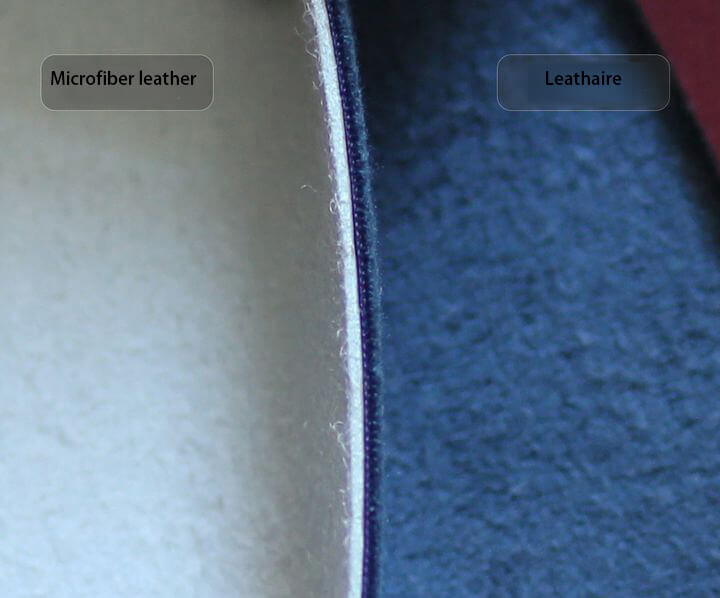
3. Summary
As different manufacturers will make some changes to the production materials to suit different scenarios and needs, “the above does not represent the material and process situation of all imitation leather”
In general, as a sofa fabric, performance, microfiber leather ≈ Leathaire > PU > PVC, the price is also roughly this arrangement.
PVC is rarely used in sofas, or will only be used in ultra-low-end sofas.
PU is generally used in the non-contact surface of office sofas and leather sofas.
Microfiber leather and Leathaire will be used as the contact fabric of the sofa, microfiber leather more focused on the sense of leather, Leathaire more focused on the sense of fabric.
Leathaire sales are usually coated with a waterproof layer because the cost is low.
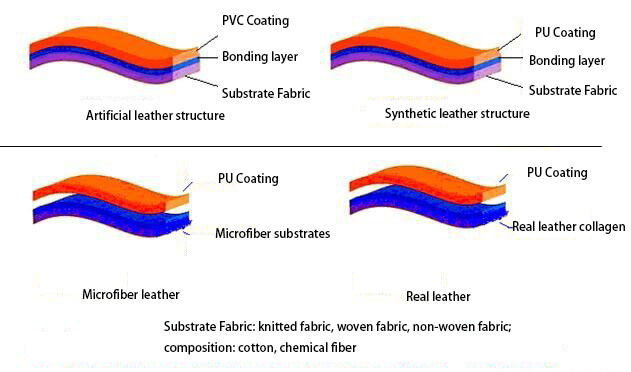
4. FAQ
1. How to distinguish between PU leather and microfiber leather?
Nowadays, it is very common for businessmen to use PU to pretend to be microfiber leather. So this question is quite important.
The difference between microfiber leather and PU leather is that the microstructure of the microfiber leather base is a three-dimensional mesh structure.
So the naked eye its base profile (the back of the leather) has a similar sense of roughness and roughness to the dermal collagen layer after being cut. PU is only a flat warp and weft structure, so the base profile is smooth.
In addition, the most important thing is that microfiber leather does not have a foam layer.
So the best way to identify PU and microfiber leather is to start with the base.
Next look at the physical picture I took
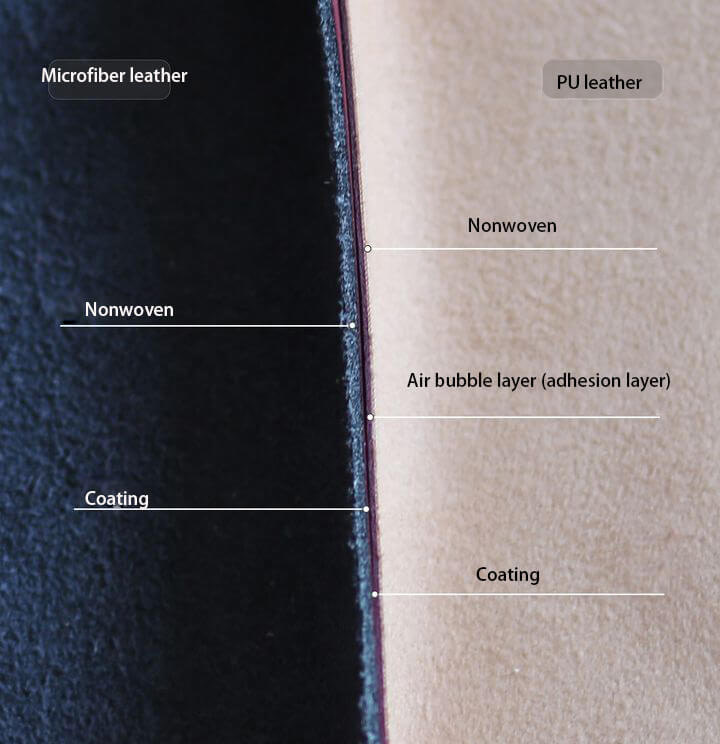
The left side is microfiber leather, the right side is PU leather.
The base of microfiber can be seen as a lot of fibers that are cut off and stand up, and you can fiddle with these fiber bundles by touching them with your hands. Its base is very similar to genuine leather, so you can also take the base of genuine leather to identify whether it is microfiber leather or PU.
The base fibers of PU are flat warp and weft. So the base of PU is smooth and you won’t see the upright fibers.
Touch it with the most ordinary fabric. Some 0.7mm thin PU is knitted base, you can also see the very obvious warp and weft fibers.
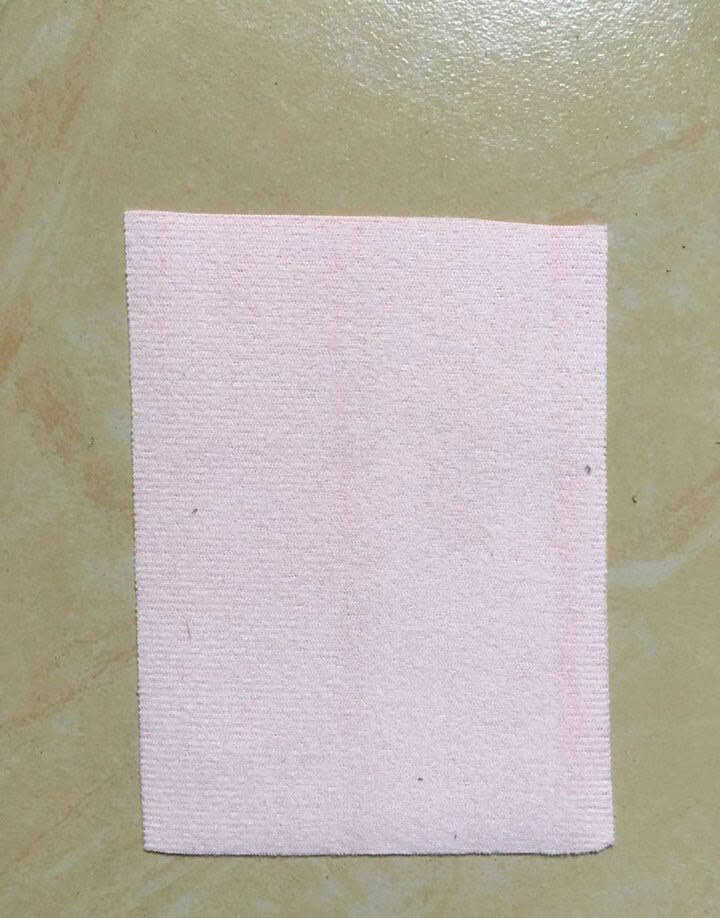
0.7mm knitted base PU, poor quality.
2. How can I pick the best PU leather out of two?
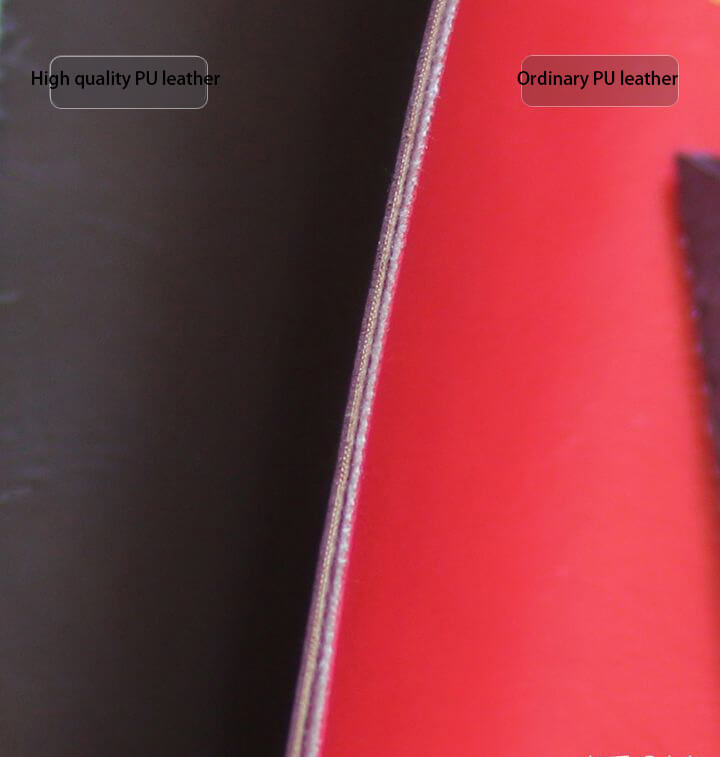
From the point of view of consumer recognition, the thicker and softer usually represents the higher quality PU leather.
The thicker PU leather has a thicker adhesion layer, so it is not easy to fall off during use, and also has a thicker burlap base, so it is not easy to crack.
So that the entire life of the leather is longer, will not sit for a while, the coating began to fall off, some turns and corners where the skin cracked to reveal the sponge. Thin PU, usually knitted bottom, 0.7mm, the base warp and weft fibers are obvious.
The softer the PU leather, the coating is usually better with the use of the plastic compounds. (Not a generalization, of course, just most of the cases). The better plastic compound has good color fastness and is not easy to become brittle, cracked, and fall off.
3. How can I pick the best microfiber leather out of two?
The microfiber leather on the right in the picture below is twice the price of the microfiber leather on the left.
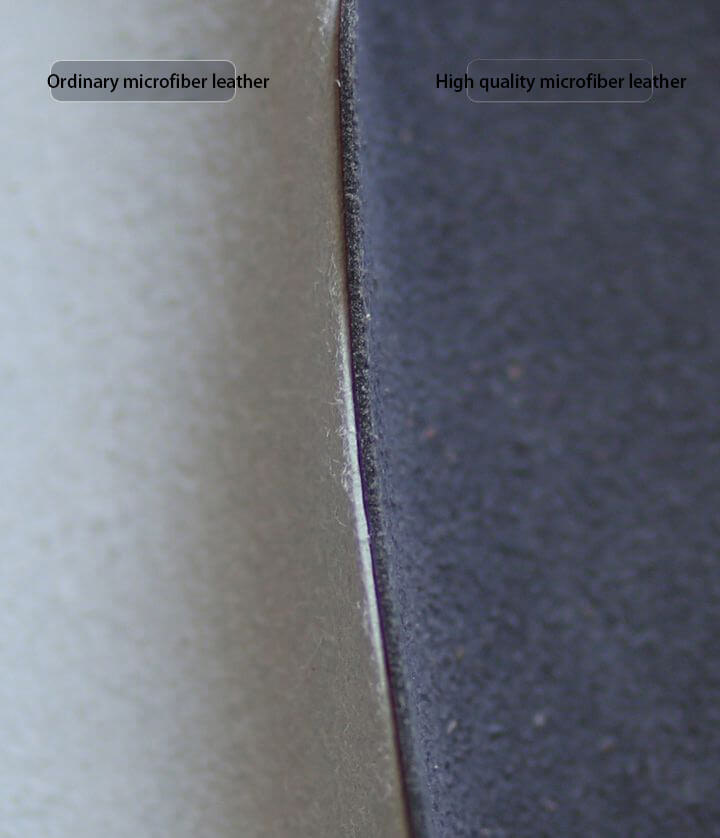
The difference is that:
1. The right is brushed microfiber leather, compared to the left to add the process, so more expensive, this is an afterthought.
2. The right base is thicker, the same as PU, the thicker the more resistant to tension, and longer life.
3. The three-dimensional grid of the right base is more uniform and dense, as can be seen from the length and uniformity of the upright fibers in the base profile.
4. What is Sofhyde and how does it compare to genuine leather?
Sofhyde is a type of polyurethane material that is commonly used as a leather alternative. Unlike genuine leather, which is made from animal hide, Sofhyde is a synthetic material. While it strives to mimic the look and feel of genuine leather, it is essential to note that it is not made from animal skin.
In terms of comparison to genuine leather, Sofhyde offers several advantages. Firstly, it is generally more affordable than genuine leather, making it a popular choice for those looking for a cost-effective option. Additionally, Sofhyde is known for being more resistant to scratches and stains, offering increased durability over time. It also tends to be easier to clean and maintain, as it does not require specialized leather care products.
However, it is essential to consider that Sofhyde may lack the same level of breathability and natural aging process that occurs with genuine leather. Genuine leather tends to develop a beautiful patina over time, while Sofhyde may not experience the same aging characteristics. Additionally, some individuals may also argue that synthetic materials like Sofhyde cannot fully replicate the tactile experience and authenticity of genuine leather.
Ultimately, choosing Sofhyde and genuine leather depends on personal preferences and needs. Sofhyde provides a more affordable, durable, and low-maintenance alternative to real leather. Still, it may offer a different authenticity and natural aging process than many associate with authentic leather products.
5. What are the characteristics of genuine leather?
Genuine leather, in contrast to imitation leather, possesses distinct characteristics that set it apart. To identify genuine leather, it is essential to understand its unique composition. Natural leather is derived from animal collagen tissue, resulting in irregular fibers with a clear sense of the animal collagen.
Notably, genuine leather lacks a foam layer, which is commonly found in imitation leather. This absence of foam contributes to its true nature.
However, it is essential to consider more than just the base material when discerning genuine leather. The intricate intertwining of the organic collagen fibers within genuine leather provides exceptional strength and durability. This inherent resilience ensures that genuine leather surpasses artificial, weaved products in terms of longevity.
Moreover, genuine leather offers a variety of finishes that cater to diverse preferences and requirements. These finishes not only enhance the aesthetic appeal but also provide added protection against daily wear and tear. It is this versatility that makes genuine leather a preferred choice for many.
While identification methods for genuine leather may vary, it is evident that a comprehensive evaluation encompassing touch, visual examination, and consideration of factors such as the rule degree, foam layer, and the presence of a leather-like feel or cloth-like sense can aid in distinguishing genuine leather from imitation alternatives.
In conclusion, genuine leather’s characteristics stem from its organic composition, irregular fibers, and lack of a foam layer. Its inherent strength and durability, coupled with the availability of various finishes, make it a reliable and versatile choice for those seeking authenticity and longevity in their leather products.
5. Misconceptions
Myth 1: Identify leather by burning
The following are factual information about leather:
First, burning can only distinguish between genuine leather and imitation leather, can not distinguish between PU and microfiber.
Second, the burning method can only explain the only one problem: is the leather or imitation leather.
Third, the base of genuine leather is animal collagen tissue, fiber irregular, and has a clear sense of animal collagen, in addition to genuine leather without foam layer; imitation leather base is fabric, fiber is very regular, and has a clear sense of cloth, with a foam layer.
So identify leather imitation leather usually do not take to burn, as long as touch and see, on the rule degree, foam layer, leather sense cloth sense three aspects can be identified
Conclusion: By burning to identify the leather is only a business marketing technique to attract low-end consumer practices.
Myth 2: Identifying leather by absorbency
This is a theoretically correct but impractical method.
Although in the breathability and moisture absorption, Real leather > Microfiber leather > PU > PVC.
But in fact, some leather repair leather, because the coating is thick and dense, making moisture absorption and breathability and imitation leather, is actually not much. In addition, microfiber leather and PU in the moisture absorption is actually not much different.
On the other hand, with water drops on the leather surface, the speed of absorption is related to the number of drops and surface area.
In addition to the grain leather other than the leather, the speed of water absorption is very slow, you may have to wait a long time, the water may be air-dried rather than being sucked in.
To sum up, if it is not a scientific experiment, it is impossible to identify the leather by dripping water to see the water absorption.
Myth 3: Genuine leather is better than imitation leather
We usually think that leather is more durable than imitation leather.
But the fact is that today’s good microfiber leather, in terms of strength and service life has surpassed most low-end leather. And the color, appearance, feel are also very close to genuine leather.
Only in the breathability, moisture absorption, cold resistance, elasticity a few aspects, but still can not catch up with the real leather.
So if the pursuit of leather durability, the first push is microfiber leather. The price is usually only about 1/3 of genuine leather. Say leather is better than imitation leather, can only say that in some aspects is good.
The reason why most people buy leather is that they want durability. But from a professional point of view, the motivation to buy leather should be for the comfort and artistry of leather.
First of all, on the comfort, leather is a natural animal protein fiber, feel fine, sitting and lying on the leather is very soft and elastic, have we often say “meat feeling”, at the same time its pores make it breathable skin, which is not imitation leather.
In addition, on the artistry, first, the leather because of good elasticity, used to lay on the leather products, some corner turning place, will be very natural, beautiful and smooth lines, and imitation leather because of poor elasticity, pull to lay on the system will have a hard taut feeling, not natural, no sense of beauty.
Second, the texture of genuine leather is natural (here refers to half-grain and full-grain leather), unlike the texture of imitation leather is artificial repetition.
Repeated things are usually nothing beautiful, this is engaged in design or art people can understand.


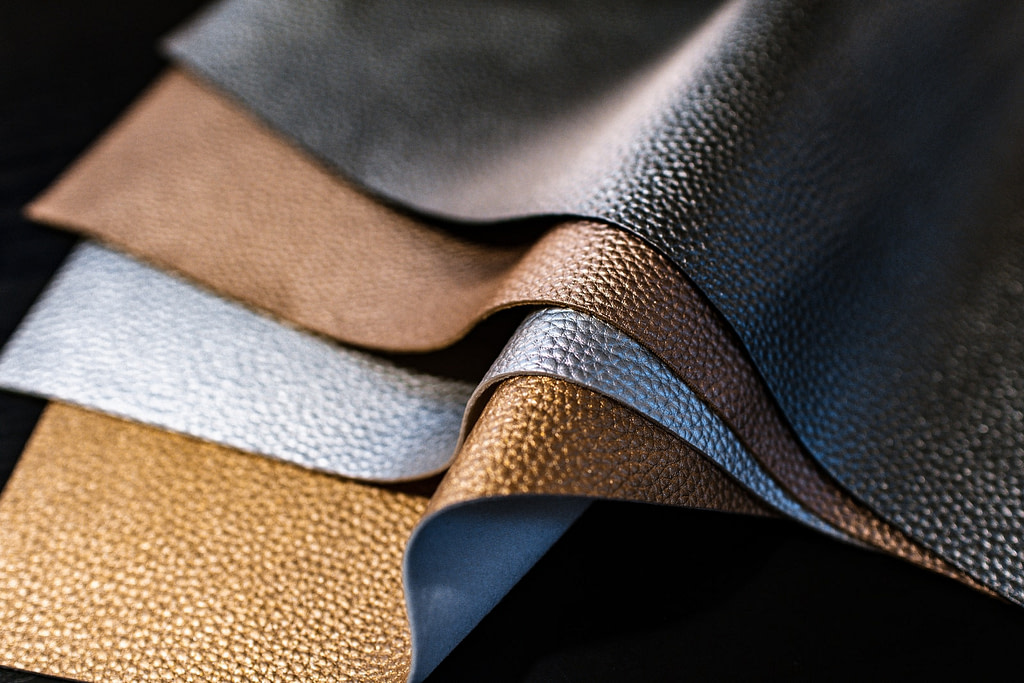




0 Comments